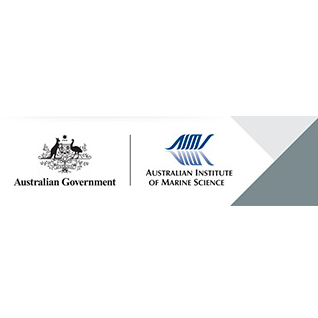Brief description
On the 4th February, 1994, water samples were collected from 10 stations along an offshore transect between the Brook Islands and the Mulgrave River. Cyclone Sadie caused a large rain depression over most of the north Queensland catchment area and sampling took place two days after the main flood peak had occurred. Samples were collected hourly, while the research vessel was steaming. Surface samples were collected at six stations, using a bucket. At a further four stations, samples were collected at four depths using a series of three Niskin bottles spaced over a depth profile for subsurface samples and a bucket to collect the surface samples. In situ temperatures were recorded using digital reversing thermometers attached to the Niskin bottles.Samples were analysed for chlorophyll, suspended solids, dissolved inorganic and organic nutrients and salinity.Water transparency was measured using a secchi disk and the presence of Trichodesmium spp. noted visually. Additional data collected at each station were cloud cover, wind speed, wind direction, tide and acoustic depth.This research was undertaken to examine changes in water quality in a flood plume resulting from increased river runoff into the Great Barrier Reef lagoon.
Lineage
Maintenance and Update Frequency: notPlannedNotes
CreditSweatman, Hugh PA, Dr (Custodian)
Modified: 12 03 2024
text: westlimit=146.281; southlimit=-18.815379; eastlimit=146.490183; northlimit=-18.148
Water quality - field and analytical procedures. Long term monitoring of the Great Barrier Reef. Standard operational procedure No. 6: Devlin MJ and Lourey MJ (2000) Water quality - field and analytical procedures. Long term monitoring of the Great Barrier Reef. Standard operational procedure No. 6. SOP 6. Australian Institute of Marine Science. 36 p.
local : articleId=3475
Offshore measurements late in the river plumes associated with Cyclone Sadie: Devlin MJ (1997) Offshore measurements late in the river plumes associated with Cyclone Sadie. pp. 45-53. In: Cyclone Sadie Flood Plumes in the Great Barrier Reef Lagoon: Composition and Consequences. Proceedings of a workshop held in Townsville, Queensland, Australia, 10 November 1994, at the Australian Institute of Marine Science. GBRMPA Workshop. Great Barrier Reef Marine Park Authority.
local : articleId=3275
- global : 3b514f3d-2f5c-4049-ac1f-364f351c3ee7


